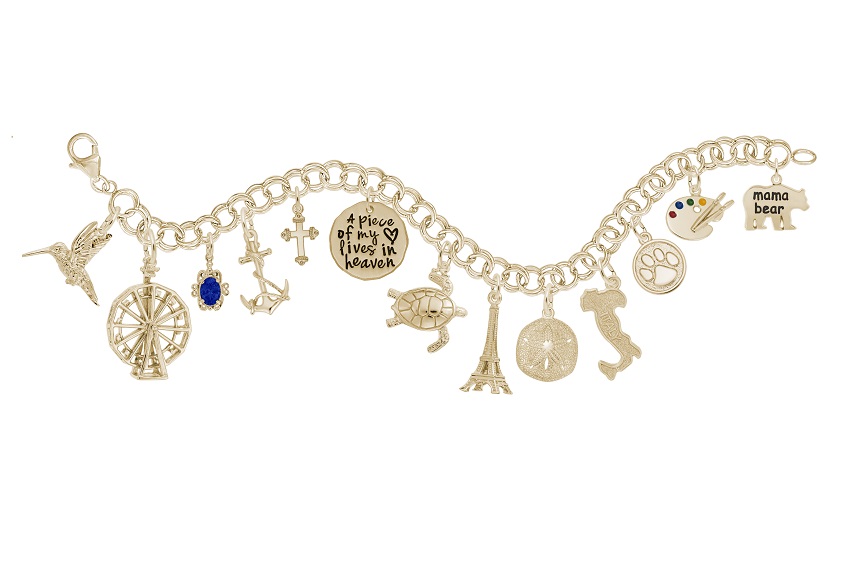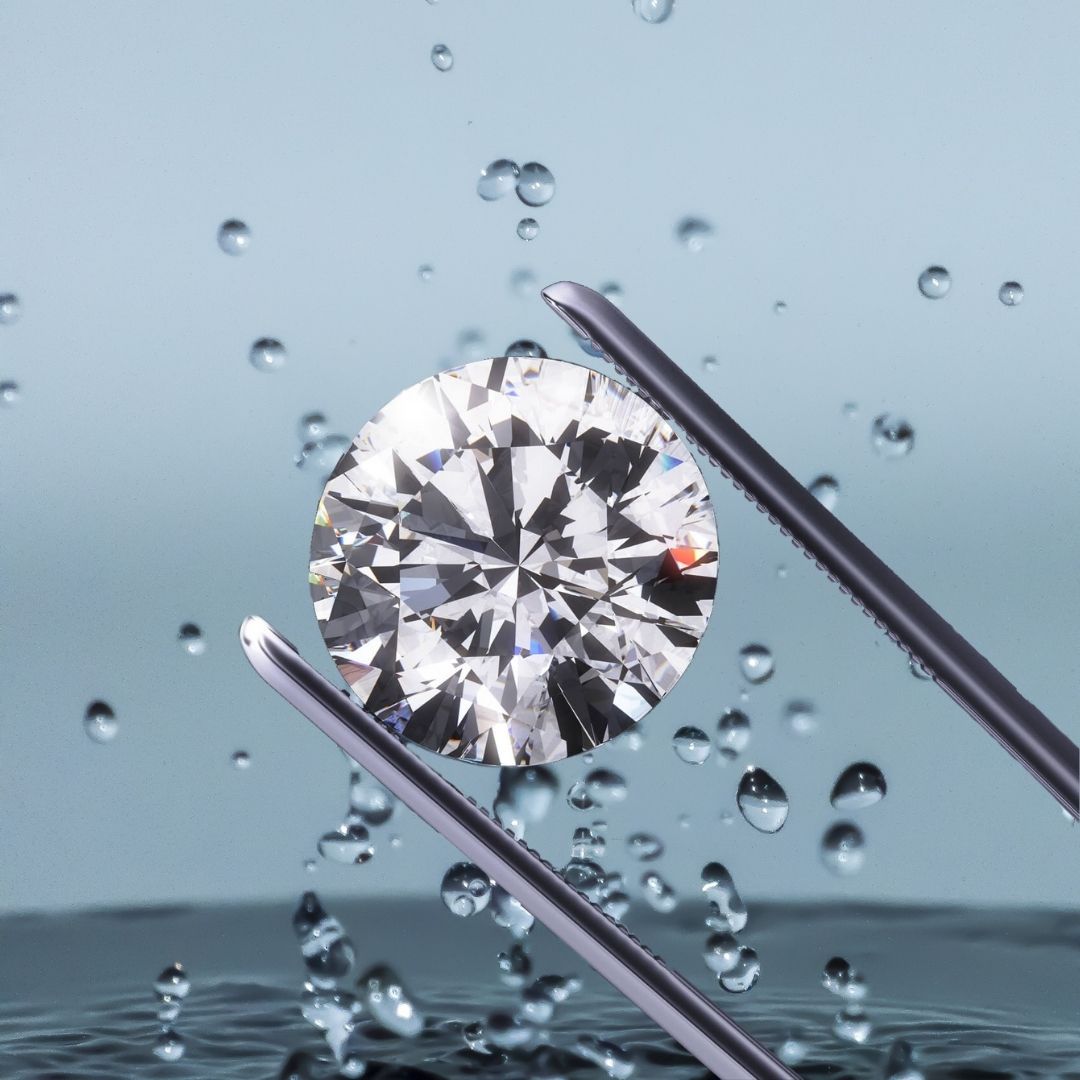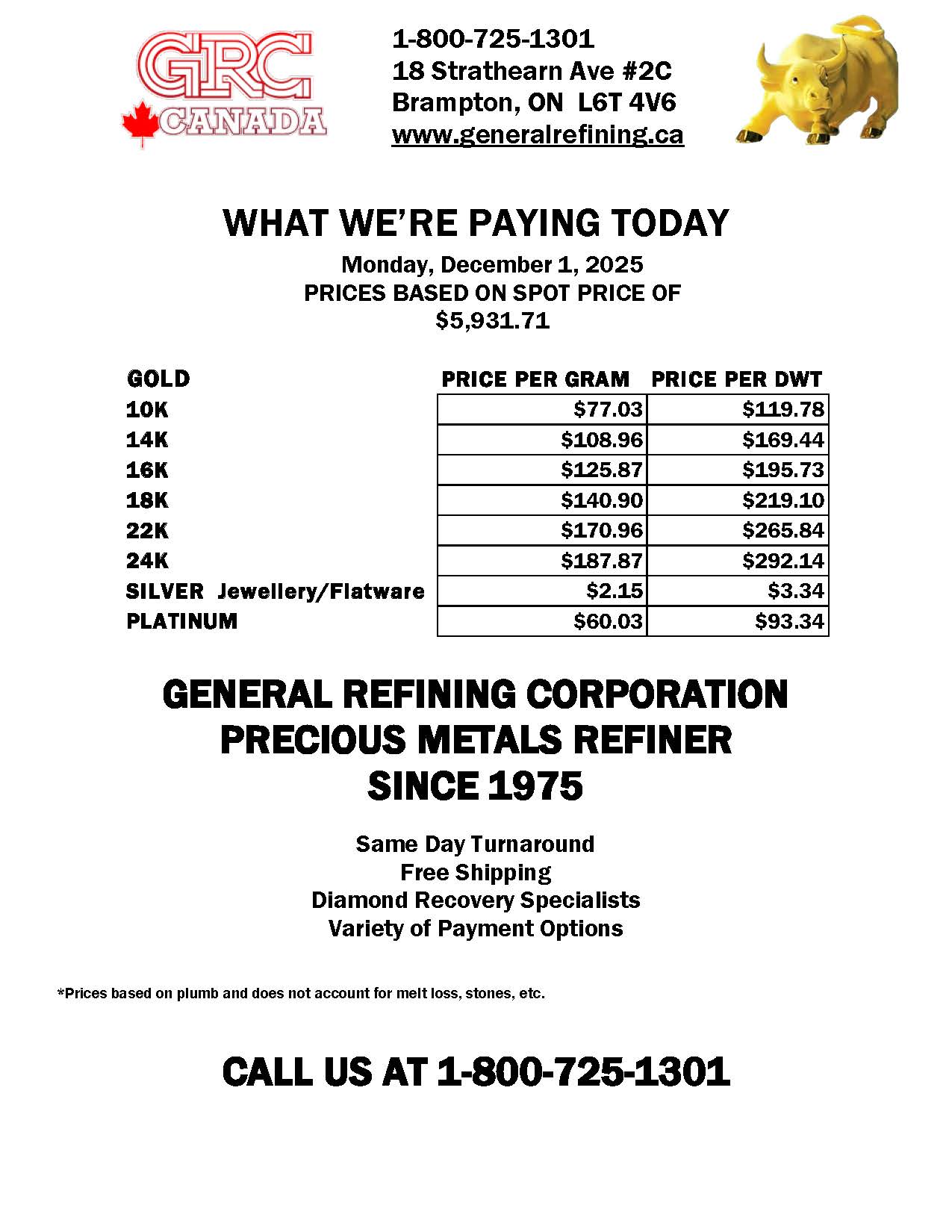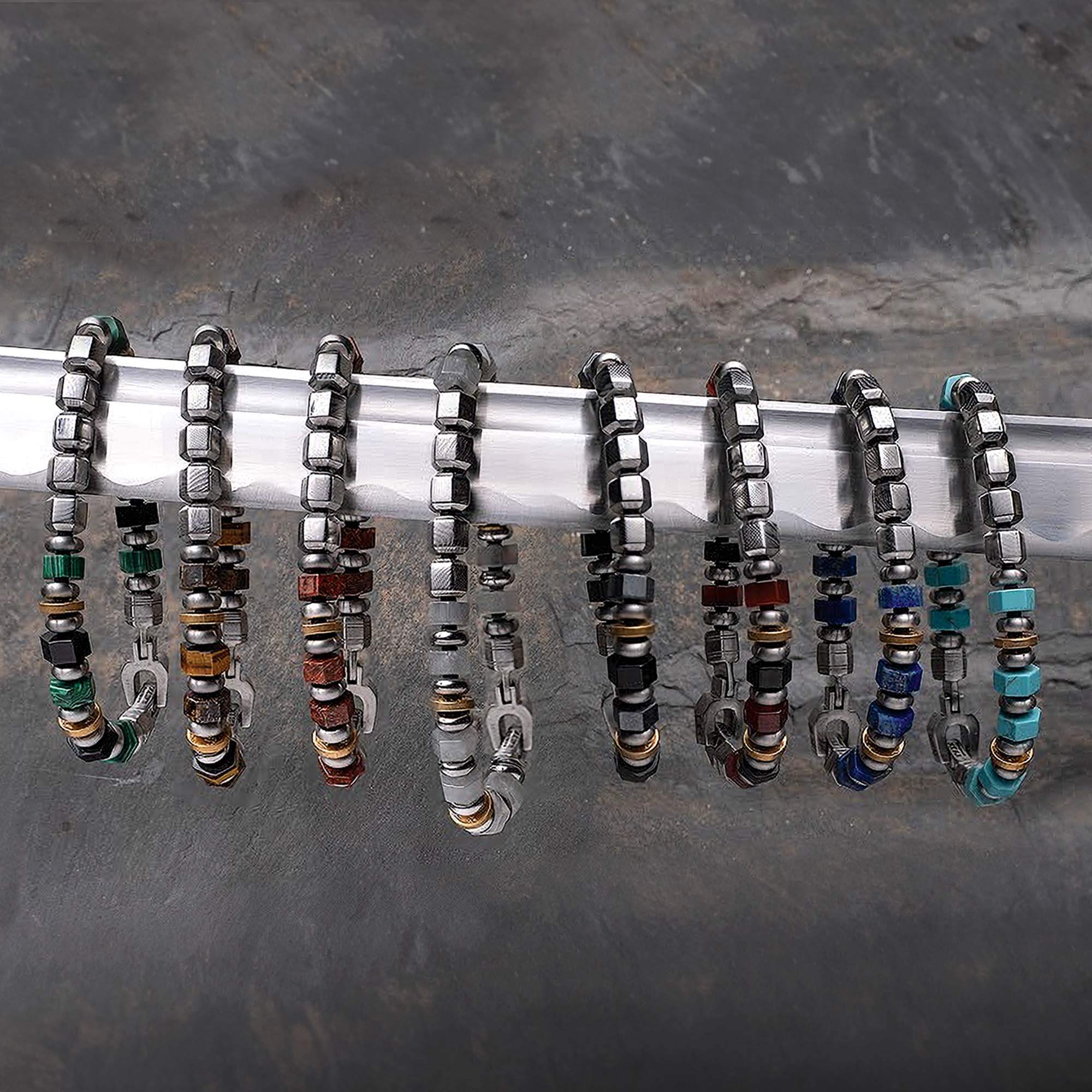Work in progress: What you need to know to become an appraiser (and maintain your skills)
Jewellery construction and history
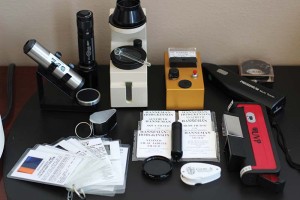
This information takes some time to acquire, but can be gleaned in many ways. Those of you with a background in design and manufacturing already possess a great deal of this knowledge. This education is available piecemeal through various schools and organizations. I suggest you look into the following for classes held close to you:
- “¨Jewellery programs offered at Canadian post-secondary schools like Toronto’s George Brown College;
- Master Valuer professional jewellery appraisal program assists professionals in attaining the accredited level of the Canadian Jewellers Association (CJA) Accredited Appraiser Program (www.mastervaluer.com/);
- ҬAssociation for the Study of Jewelry and Related Arts (www.asjra.net);
- Antique Jewelry and Art Conference (www.jewelryӬcamp.org);
- American Society of Jewelry Historians (www.jewelryӬhistorians.org); and
- Revere Academy of Jewelry Arts (www.revereacademy.com/Ӭclasses-diplomas/).
You can also consider attending workshops and lectures presented at conferences throughout the year, such as Original Miami Beach Antique Show’s ‘Jewelry History Series (www.originalmiamibeachantiqueshow.com/show/jewelry-series).
Compiling a comprehensive library on antique and period jewellery is essential. Even if you have limited funds, there are basic references with which you can start. Here are three must-haves:
- Warman’s Jewelry: Identification & Price Guide (5th edition) by Christie Romero;
- Answers to Questions about Old Jewelry (8th edition) by C. Jeanenne Bell; and
- Understanding Jewelry (3rd edition) by David Bennett and Daniela Mascetti.


